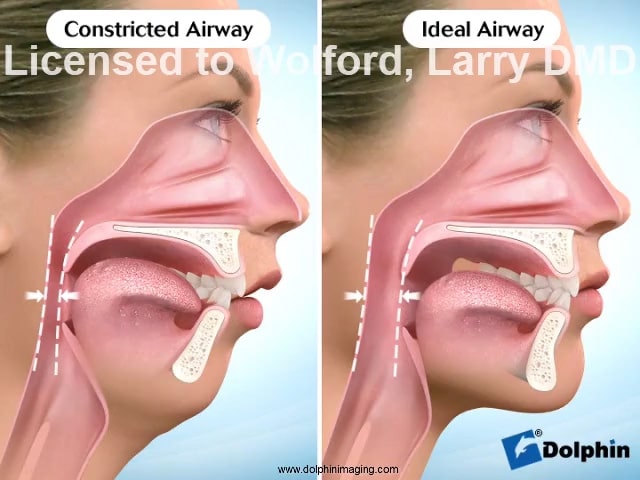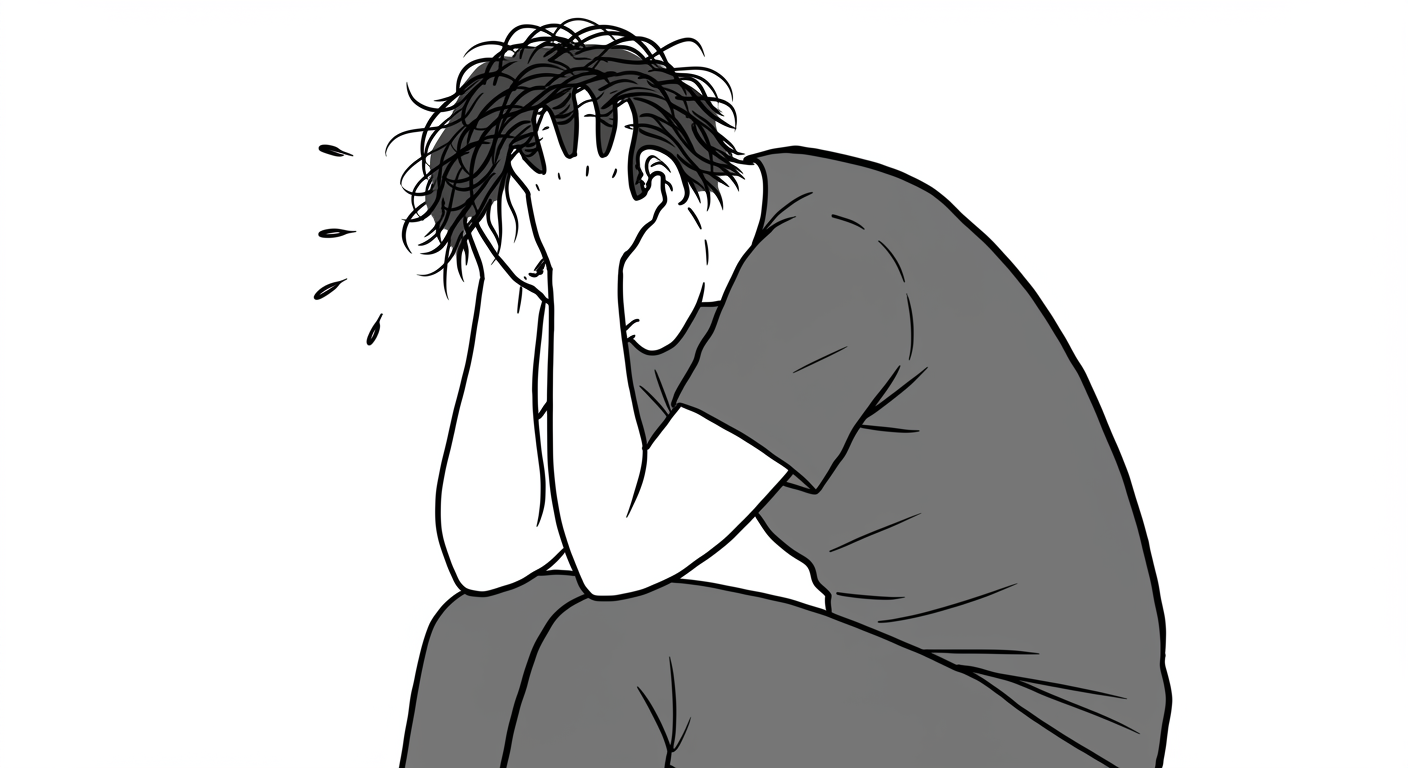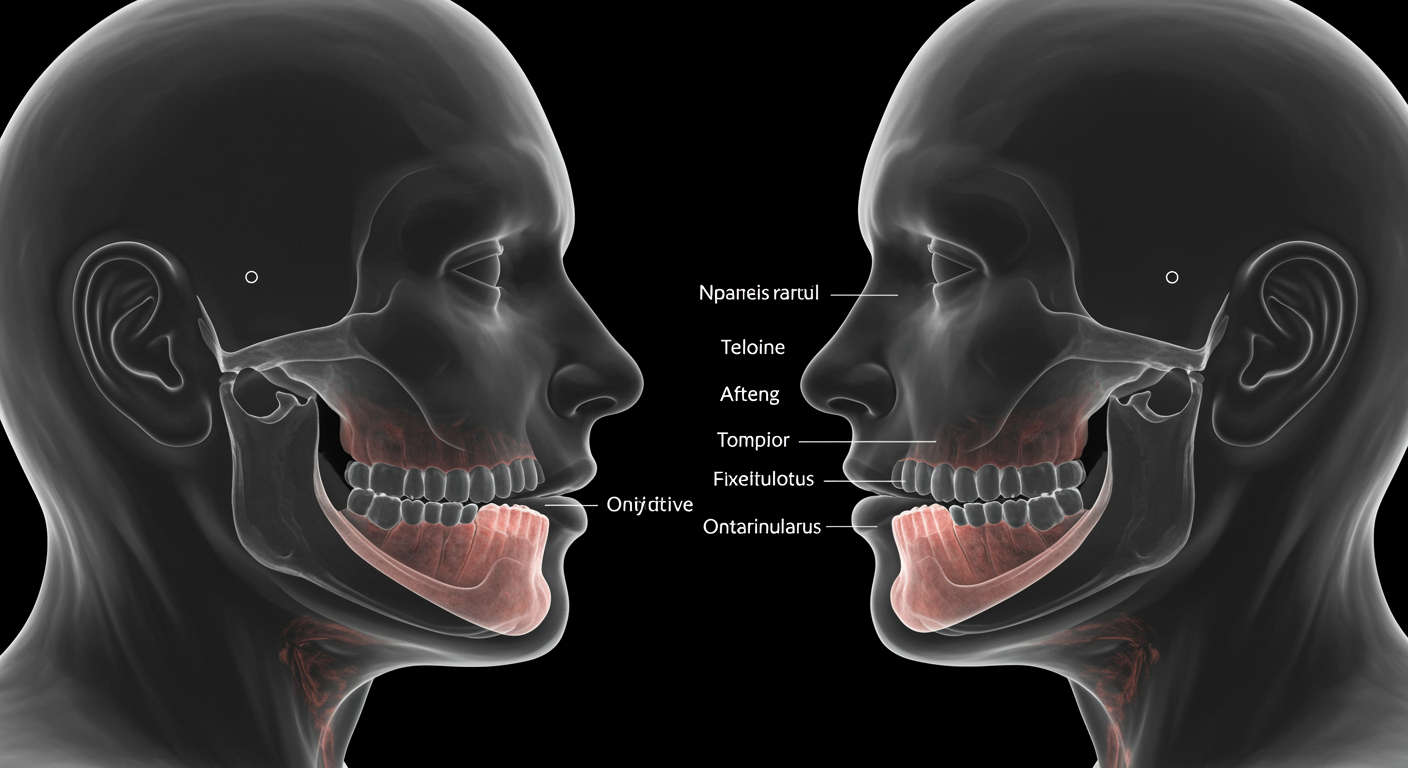Mandibular Condylar Hyperplasia (MCH) is a rare yet significant jaw disorder that has implications for both functional and aesthetic aspects of oral health. This condition is characterized by excessive growth of the mandibular condyle, the rounded end of the lower jawbone that articulates with the skull, leading to a range of challenges. Whether you’re a medical student eager to deepen your knowledge, a patient seeking answers, or a health enthusiast keen to explore new concepts, this comprehensive blog will walk you through the essentials of MCH.
What is Mandibular Condylar Hyperplasia?
Mandibular Condylar Hyperplasia, also known as condylar overgrowth, is a disorder marked by abnormal and disproportionate growth of the mandibular condyle. This condition can lead to facial asymmetry, uneven dental alignment, and difficulties in chewing or speaking.
Types of Mandibular Condylar Hyperplasia
MCH is often classified into two types:
- Unilateral Condylar Hyperplasia – Affects one side of the mandible, causing facial asymmetry and a tilted bite.
- Bilateral Condylar Hyperplasia – Affects both sides of the jaw, leading to an elongated appearance of the lower face.
What Causes Mandibular Condylar Hyperplasia?
While the exact cause of MCH remains unclear, several potential factors have been identified:
- Genetic Predisposition: Family history of similar jaw disorders can increase the likelihood of developing MCH.
- Hormonal Influences: Abnormal hormonal activity during growth spurts may contribute to the overgrowth of the mandibular condyle.
- Trauma or Infection: Previous injury or infection to the temporomandibular joint (TMJ) can act as a trigger for abnormal growth.
- Vascular Changes: Altered blood flow to the condyle could also play a role.
Recognizing the Symptoms
The symptoms of MCH can vary depending on its type and severity, but common signs include:
- Facial Asymmetry: One side of the face may appear disproportionately larger or longer.
- Malocclusion (Misaligned Bite): Uneven dental alignment, such as an open bite or crossbite.
- Difficulty Chewing or Speaking: Functional limitations in the jaw due to misalignment.
- Pain in the Temporomandibular Joint (TMJ): Chronic discomfort in the joint area.
- Aesthetic Concerns: Changes in jawline and facial aesthetics that may lead to self-esteem issues.
How is Mandibular Condylar Hyperplasia Diagnosed?
Accurate diagnosis of MCH typically involves a combination of clinical examination and imaging techniques:
- Physical Examination: The clinician assesses facial symmetry, jaw movement, and dental alignment.
- Imaging Studies: Advanced imaging techniques such as panoramic X-rays, CT scans, and 3D Cone Beam imaging provide detailed views of the jaw structure.
- Nuclear Medicine Scans: SPECT imaging is occasionally used to determine whether the condylar growth is active or inactive, which is crucial for treatment planning.
Treatment Options for Mandibular Condylar Hyperplasia
Effective management of MCH often requires a multidisciplinary approach involving orthodontics, oral and maxillofacial surgery, and physical therapy. Treatment options include:
Non-Surgical Intervention
- Orthodontic Treatment: Braces or aligners can manage minor misalignments caused by MCH, though this does not address the underlying issue.
- Physical Therapy: May provide relief from TMJ-related pain and improve jaw function.
Surgical Intervention
For severe cases, surgical treatment becomes essential:
- Orthognathic Surgery: A corrective jaw surgery that realigns and reconstructs both the jaw and occlusion for functional and aesthetic improvement.
- Condylotomy: Removal or reduction of the overgrown condyle to restore balance.
- High Condylectomy: Removes the active growth center in cases of active condylar overgrowth.
Post-Treatment Care
Rehabilitation through orthodontic treatments or physical therapy often follows surgery to ensure optimal outcomes. Regular follow-up visits are essential for tracking progress and preventing relapse.
Living with Mandibular Condylar Hyperplasia
While MCH can present significant challenges, effective treatment and management options make it possible to live a fulfilling life. If you or someone you know is experiencing symptoms, early diagnosis and intervention can make all the difference.
Takeaway Message for Medical Students and Health Enthusiasts
Understanding Mandibular Condylar Hyperplasia and its treatments underscores the importance of integrating clinical knowledge with a multidisciplinary approach. For patients, knowing the available interventions not only offers comfort but also empowers them to make informed health decisions.
Thinking about MCH treatment or learning more about orthognathic surgery? Consult your healthcare provider or reach out to a specialist in jaw disorders.





